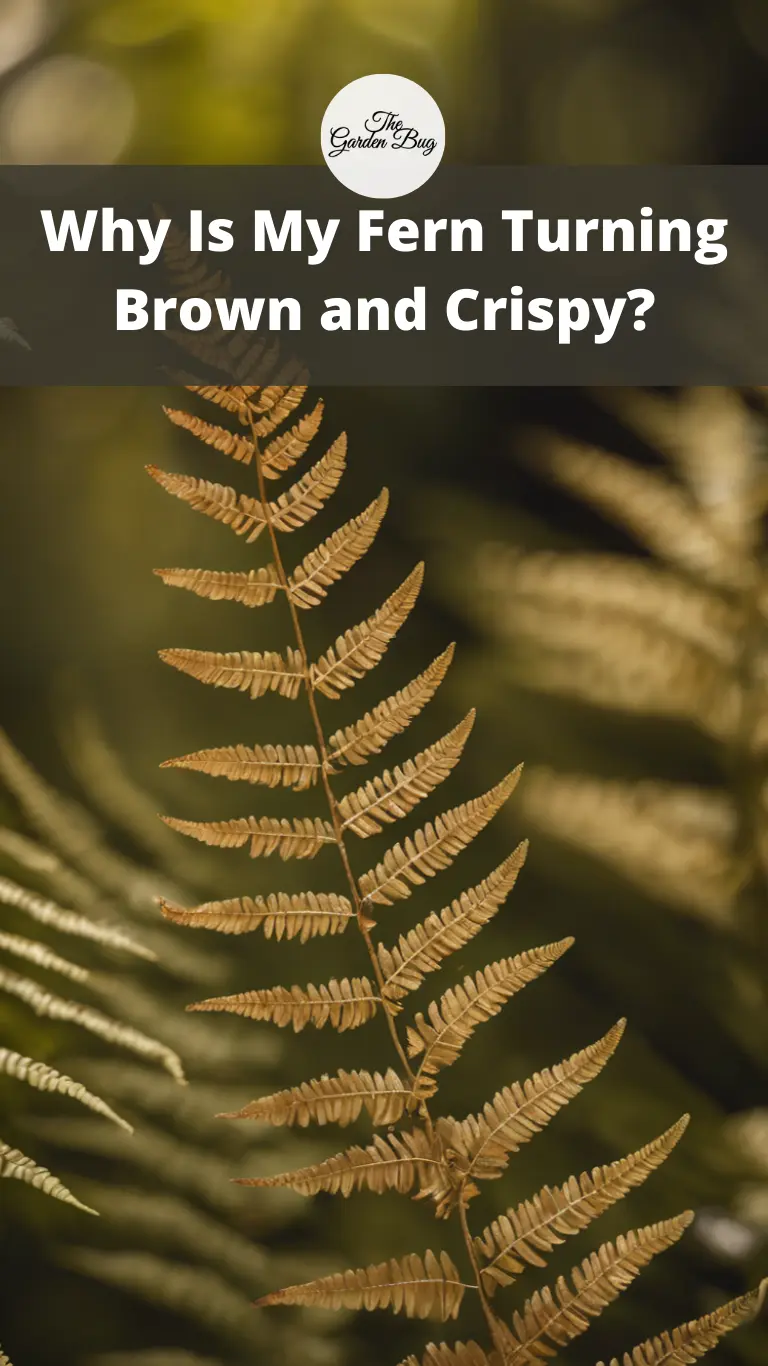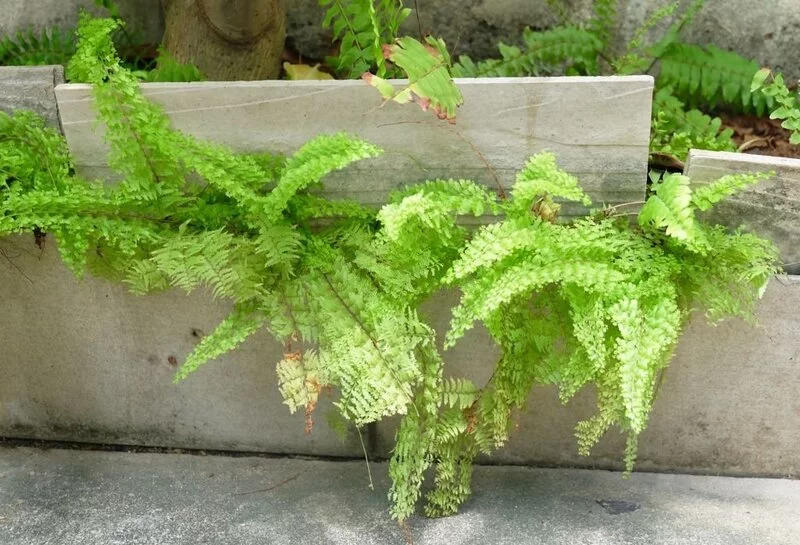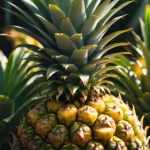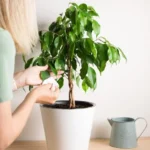Today, we’re talking about ferns – those beautiful, delicate plants that bring a sense of tranquility and touch of the wild into our homes. But what happens when your vibrant green friend starts to turn brown and crispy? It can be a real worry, especially when you’re not sure what’s causing it. But don’t despair! This guide will help you understand the possible reasons behind these issues and provide solutions to bring your fern back to health.
- THE ULTIMATE PLANT FOOD FOR HOUSEPLANTS: Wake up your slow growing or dull house plants with Big Green Leaves, a high nitrogen fertilizer for all indoor plants. It feeds soil microbes, roots and leaves. It promotes fuller, greener, more vibrant leaf growth and good soil health.
- GENTLE FERTILIZER & SAFE FOR CONSTANT USE. Our Big Green Leaves plant food is loaded with naturally occuring vitamins, antioxidants, amino acids, minerals, auxins, and cytokinins for vibrant, vigorous, happy houseplants. Urea free formula. Won’t ever burn your plants.
- EASY APPLICATION. Pre-measured scoop included. Mix 1-2 scoops (tsp) per gallon of water. One pouch delivers up to 88 gallons of nutrient solution. Resealable bag for clean, dry storage that will outlast any liquid plant food.
- BETTER VALUE THAN LIQUID FERTILIZERS, SPIKES, AND TABLETS. Most houseplant fertilizers only provide 3 basic minerals at low quantity. Plus they can smell or spoil quickly! Big Green Leaves is loaded with essential superfood nutrients (minerals, vitamins, amino acids, organic biological compounds). Our concentrated 12-4-8 NPK plus organically-bonded micro-nutrients and botanical seaweed extract and organic kelp stay dry, stable, and fresh in our resealable pouch.
- VERSATILE. Use as a soil drench, foliar feed, or hydroponic. An ideal plant food for potted plants, indoor houseplants, grow bags, soilless media, LECA, potting soil, & container gardens. Also great for accelerating plant propagations.
Common Causes of Browning and Crispiness in Ferns
Like all living things, ferns have their own set of preferences when it comes to care. If they’re not met, you might find your fern’s leaves turning brown and becoming crispy to the touch. Here are some of the most common causes:
- Lack of Humidity: Ferns thrive in environments where the air is humid. If the air around your fern is too dry, it can cause the leaves to dehydrate and turn brown.
- Overwatering or Underwatering: Both too much and too little water can harm your fern. Overwatering can lead to root rot, while underwatering can leave your plant dehydrated.
- Incorrect Lighting: While ferns are known for tolerating shade, they still need some light. Too much direct sunlight can scorch their leaves, causing them to brown and become crispy.
- Poor Nutrition: If your fern is not getting the nutrients it needs from the soil, it may start to show signs of distress, like browning leaves.
Remember, every fern is unique, and it might take a bit of detective work to figure out what’s causing your fern’s issues. But hang in there – the answers are coming up in the next sections!
Identifying the Problem
So, your fern’s leaves are turning brown and crispy. What’s next? The first step is playing plant detective. Look closely at your fern and its surroundings. Is it placed near a heating vent or in a draughty corridor, causing dry air? Are its roots soaked in a puddle of water, or is the soil bone-dry? Does it bask in harsh afternoon sun, or is it hidden in a dark corner? These observations can give you vital clues about the cause of your fern’s distress.
Also, consider the appearance of the brown leaves. If they are crispy and brown around the edges or at the tips, it could be a sign of low humidity or underwatering. If the browning is more uniform or the leaves are yellowing before they turn brown, it might suggest overwatering.
- 🌱Water regularly, maintain a moist soil
- 🌱Hardiness Zones 9-11
- 🌱Air purifying
- 🌱Thrives in partial shade
- 🌱Great for indoor or outdoor use
Preventive Measures for Fern Health
Looking after your fern is a labor of love, and prevention is indeed better than cure! Here are some tips to prevent your fern from turning brown and crispy:
- Water Wisely: Always check the soil before watering. It should be slightly dry to the touch. Overwatering and underwatering are two common culprits for unhappy ferns.
- Humidity is Key: Keep your fern in a humid environment. Regular misting, using a humidifier, or setting the pot on a water-filled tray can help maintain humidity.
- Avoid Direct Sunlight: While ferns love light, harsh, direct sunlight can scorch their leaves. Bright, indirect light is what they crave.
- Feed Gently: Ferns don’t require much in terms of fertilization. A slow-release fertilizer applied sparingly during the growing season will suffice.
- Pick the Right Spot: Find a location that suits the temperature and light preferences of your fern. Avoid placing it near heating vents or draughty windows.
Conclusion
Brown and crispy leaves on your fern can be a cause for concern, but understanding the reasons behind this issue can help you address the problem effectively. With the right care and attention, your fern can thrive, providing a beautiful, lush addition to your indoor or outdoor garden. Keep a keen eye on your fern’s needs, adjust your care routine when necessary, and enjoy the journey of growing with your plant! Remember, every plant parent learns from experience.






